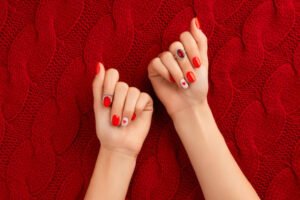
Another intriguing nail decoration period is the Chinese Han era. Royalty utilized the most expensive substances to paint their nails as status symbols since 300 BC. They used beeswax, gelatin, vegetable dyes, and gum Arabic to make a lacquer that dyed their nails red or ebony, the hues of the elite. This lacquer protected their nails and signified their noble rank, which earned them respect from the lower classes. Since lacquer took hours or days to set, the wearer’s leisure and prestige were shown by the thorough preparation and application.
The Japanese developed their nail art style in the Heian period (794-1185 AD). These techniques and materials included their unique Japanese lacquer, ‘tsume no e’, embellished with crushed flower petals and gold or silver dust. This practice displayed social status and identity, especially among women who grew their nails long to show off the intricate art.
South American Incas adorned their nails with ornate eagle designs. Though attractive, these depictions have cultural and religious significance, connecting them to the divine.
Ancient Roman warriors painted their nails with enemy blood to show their power and prowess in combat. This severe technique contrasts with other civilizations’ beauty-focused approaches, yet it promotes nail decoration as a social and personal identity marker.
Nail decoration methods and materials have changed dramatically over time. Motivations generally involve power, status, and spirituality. Local resources, aesthetic preferences, cultural significance, and technologies shape nail art in each culture.
Nail ornamentation evolved with chemistry and trade over millennia. Because of synthetic dyes and chemicals, nail polish became more accessible and colorful in the 19th and 20th centuries. This move democratized beauty by making it accessible to all, and it also allowed nail painting to express personality and style rather than status or allegiance.
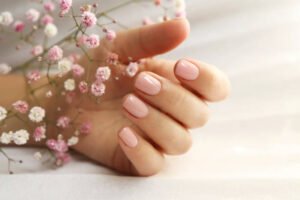
Nail art’s extensive history, from Babylonian metallic powders to Han dynasty beeswax combinations, continues to influence its global popularity, from high-end salons to DIY home kits. Contemporary techniques, including airbrushing, stamping, and 3D nail decals, reflect this art form’s complexity and relevance.
The tendency to find and incorporate historical beauty secrets into modern practices implies that nail decoration is more than vanity but a complex interaction of history, society, and art. This historical viewpoint deepens our comprehension of the past and strengthens our appreciation of nail art as a sophisticated, dynamic form of self-expression that spans age, culture, and place.
Nail Art: A Century of Style and Innovation
Nail art’s evolution from a grooming procedure to a lively art form shows how the beauty industry has innovated. Today, nail studios provide a variety of materials, techniques, and artistic expressions that have changed over time. Each age introduces new styles, tools, and cultural influences that change nail art.
Nail care was simple and functional in the early 1900s. With the invention of contemporary nail lacquer, simple, monochromatic nails in red emerged. Inspired by automotive paint, this fast-drying, durable finish revolutionized nail attractiveness. Nail polish became popular in the Roaring Twenties as flappers wore shining, lacquered nails to contrast with their ivory-colored makeup.
The 1930s developed nail art by stressing natural nail shapes and high-gloss finishes. Moon manicures, where the moon of the nail bed was left unpainted while the rest of the nail was polished, became popular at this time. This delicate elegance trend inspired numerous current nail art ideas.
Beauty standards changed in the 1940s and 1950s as femininity and affluence returned. Rita Hayworth and Marilyn Monroe wore finely groomed, brilliantly colored nails, setting fashion trends. Acrylic nails were invented in the late 1950s, making nails longer, stronger, and more artistic.
The 1960s and 1970s saw a creative uprising against older conformist trends. Pop art and psychedelia inspired bright, colorful nail art, while hippie culture brought back earthy tones. The first gel nail system, invented in the late 1970s, gave nail art a glossier finish and more protective coating that appealed to customers and professionals.
In the 1980s, nail art became a form of self-expression associated with bright clothes and music. The age loved excess and flamboyance; thus, neon colors and graphic designs ruled. Metallic and iridescent treatments were also introduced to nail art around this time, adding texture and visual appeal.
The 1990s embraced minimalist chic, yet innovation continued. French manicures, known for their simplicity and elegance, dominated the decade, along with nail stickers and decals, which made DIY personalization possible. This era also advanced UV gel technology, paving the way for nail art in the future century.
Nail art became popular in the early 2000s thanks to Instagram and Pinterest, where users could share and discover inspiration. Hot trends included airbrushing, water marbling, and 3D nail art using small ornaments. These sites democratized nail art by allowing home hobbyists and celebrity manicurists to present their work worldwide.
Mirror nails, negative space designs, and unusual materials like lace and feathers are still prevalent in nail art. Eco-friendly polishes and removers have been introduced as part of the industry’s sustainability efforts, reflecting consumer demand for green products.
Moreover, nail art is increasingly using digital technologies. Digital nail printers can scan and print photos and elaborate artwork on nails in minutes. Technology and nail art are paving the way for future trends and advancements.
Over the decades, nail art has risen from humble origins to become vital to fashion and beauty culture, reflecting society’s changing views on self-expression and creativity. Due to ongoing innovation in techniques and materials, nail art remains exciting and developing. Technological and cultural changes make the options for nails infinite.

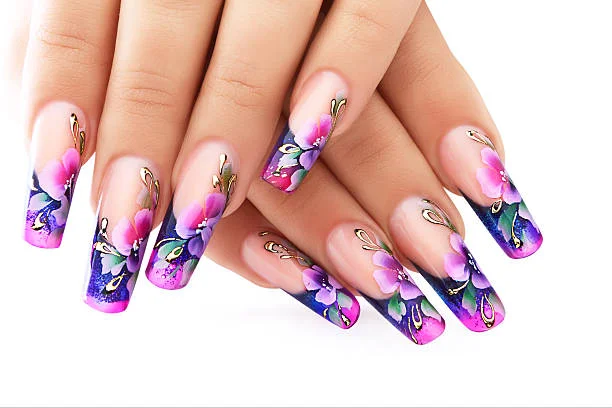
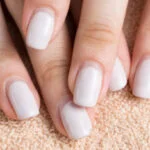

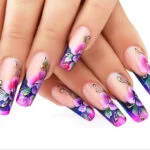

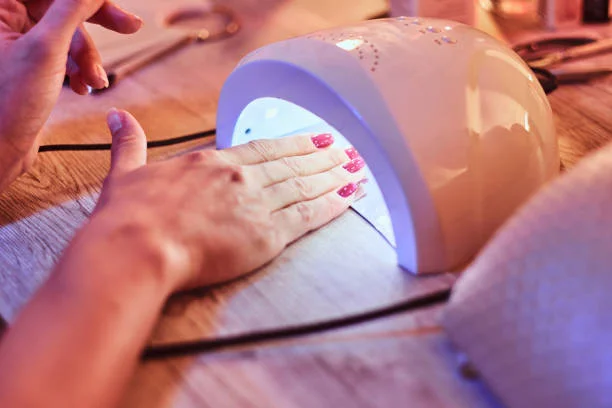
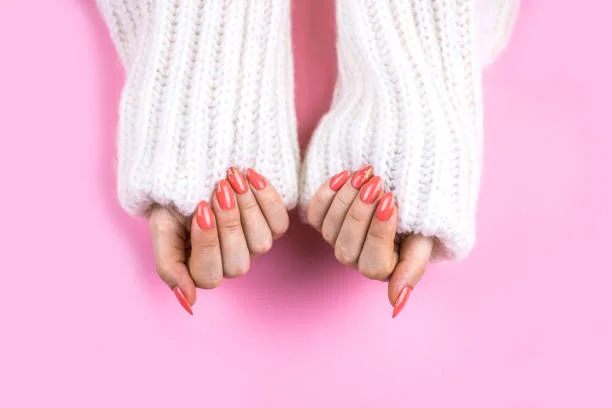
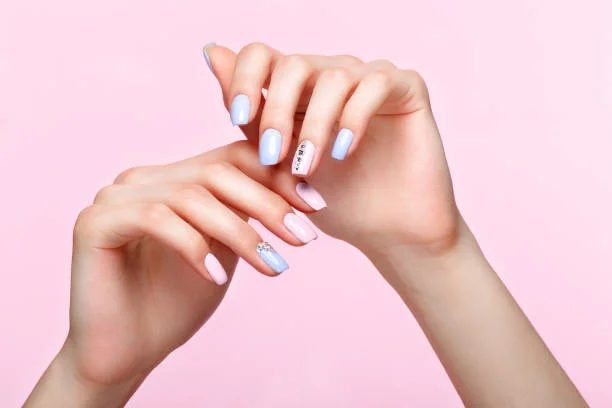
Leave a Reply